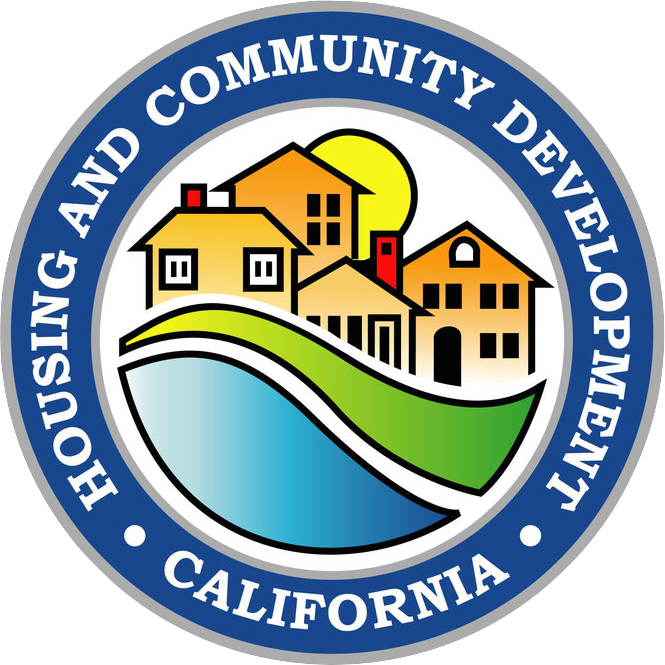Building Blocks
Updating a jurisdiction’s housing element, while important to meeting one of the most basic needs of Californians, can be daunting; and yet, the importance of housing elements to individuals and families, communities, and those who build homes and apartments is undeniable.
The California Department of Housing and Community Development (HCD) created Building Blocks: A Comprehensive Housing-Element Guide to assist jurisdictions in creating comprehensive housing elements.
An effective housing element provides the necessary conditions for developing and preserving an adequate supply of housing, including housing affordable to seniors, families, and workers. Because the housing element must be regularly revised according to a legally mandated schedule, the update process provides the opportunity for jurisdictions to update their housing and land-use strategies to reflect changing needs, resources, and conditions. For example, the housing element update can provide a mechanism to adopt efficient land-use strategies such as infill development, mixed-use development (e.g., housing on top of shopping, restaurants, or office space), or downtown revitalization. It can also provide a vehicle for local governments to adopt housing and land-use strategies that address climate change and reduce greenhouse gas emissions. For example, promoting higher-density, infill housing for low-income workers or promoting housing along transit corridors, allowing more people to get out of their cars and use public transit.
As local governments begin to update their housing elements, they should keep the following in mind:
- Start with the existing housing element. The update should build on what has been effective in the past.
- Immediately engage all critical stakeholders in the community, including residents, special-needs populations, businesses, and housing providers.
- While the housing element must address specific state statutory requirements, it is ultimately a local plan and should reflect the vision and priorities of the community.
Housing-element law requires local governments to adequately plan to meet their existing and projected housing needs, including their share of the regional housing needs allocation. A complete analysis should include a quantification and a descriptive analysis of the specific needs and resources available to address these needs.
Existing
- Assisted Housing Developments at Risk of Conversion
- Extremely Low-Income Housing Needs
- Housing Stock Characteristics
- Overpayment and Overcrowding
- Population, Employment, and Household Characteristics
Projected
Special
Government Code Section 65583(a)(3) requires local governments to prepare an inventory of land suitable for residential development, including vacant sites and sites having the potential for redevelopment, and an analysis of the relationship of zoning and public facilities and services to these sites. The inventory of land suitable for residential development shall be used to identify sites that can be developed for housing within the planning period.
The housing element must identify and analyze potential and actual governmental constraints to the maintenance, improvement, or development of housing for all income levels, including housing for people with disabilities. The analysis should identify the specific standards and processes of these constraints and evaluate their impact on the supply and affordability of housing. The analysis should determine whether local, regulatory standards pose an actual constraint and must also demonstrate local efforts to remove constraints that hinder a jurisdiction from meeting its housing needs.
Each jurisdiction must identify specific programs in its housing element that will allow it to implement the stated policies and achieve the stated goals and objectives. Programs must include specific action steps the locality will take to implement its policies and achieve its goals and objectives. Programs must also include a specific timeframe for implementation, identify the agencies or officials responsible for implementation, describe the jurisdiction’s specific role in implementation, and (whenever possible) identify specific, measurable outcomes.

